
PUMPA - SMART LEARNING
எங்கள் ஆசிரியர்களுடன் 1-ஆன்-1 ஆலோசனை நேரத்தைப் பெறுங்கள். டாப்பர் ஆவதற்கு நாங்கள் பயிற்சி அளிப்போம்
Book Free DemoTypes of ponds:
The various developmental stages of fish growth require different types of ponds. They are as follows:
Breeding pond:
The healthy and sexually mature male and female fishes are collected and introduced to this pond for breeding. Then the eggs released by the female are fertilized by the sperm. The fertilized eggs float in water as a frothy mass.
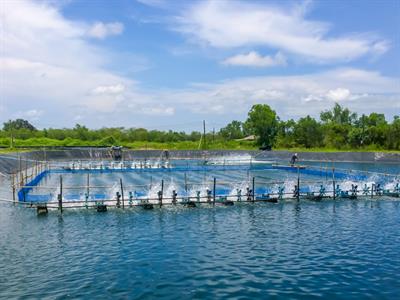
Breeding pond
Hatching pits:
This is a pond that is used for hatching. It is a place for artificial breeding. In these hatching pits or hatching hapas fertilized eggs are transferred for hatching.
Nursery ponds:
The hatchlings from the hatchling pits are transferred after \(2\) to \(7\) days to these ponds so that the hatchlings grow in size. These growing hatchlings are cultured in these ponds for about \(60\)days with proper feeding till they reach \(2 - 2.5\)cm in length.
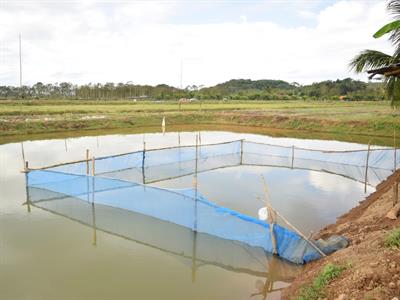
Nursery ponds
Rearing ponds:
The ponds that are used to culture the baby fishes (fish fry) are known as rearing ponds. After the transfer of the fishes from the nursery pond to the rearing pond, the fishes are maintained here for \(3\) months so that they reach a length of \(10\) to \(15\)cm. In these ponds, the fry develops into fingerlings.
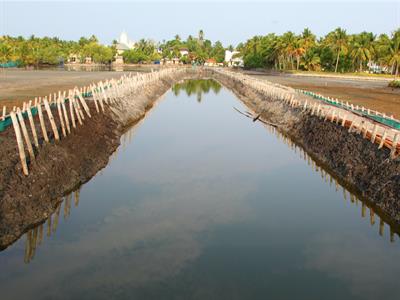
Rearing ponds
Stocking pond:
This pond is also known as culture pond or production pond as these ponds are used to rear fingerlings up to the marketable size.
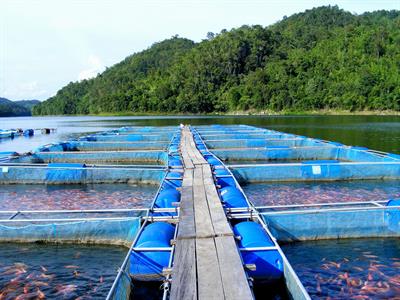
Stocking pond
Fishes cultivated for food:
Freshwater cultivable fishes:
Indian major carps (Kendai) – Catla, Rohu, Mrigal, catfishes (Keluthi), Murrels (Veral) and Tilapia (Jilebi kendai) are some of the fishes that are cultivated in freshwater.
Marine water cultivable fishes:
Sea bass (Koduva), Grey mullet (Madavai) and Chanos chanos (Milk fish) are the fishes cultured in marine water.
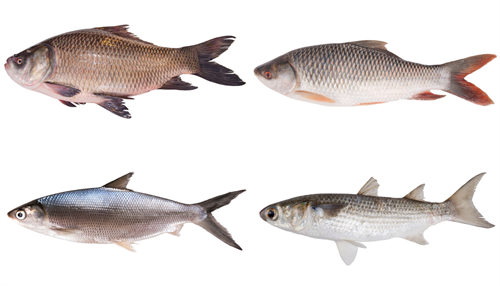
Some of the marine and freshwater fishes
Nutritional value of fishes:
The cultivable freshwater and marine water fishes are highly nutritious. They are a rich source of animal proteins and are easily digestible. These fishes are rich in essential amino acids such as lysine and methionine, polyunsaturated fatty acid (\(PUFA\)), and various minerals like phosphorous, calcium, potassium, magnesium, iron and sodium. They also contain fat-soluble vitamins \(A\), \(D\) and water-soluble \(B-complex\) vitamins like pyridoxine, cyanocobalamin and niacin.